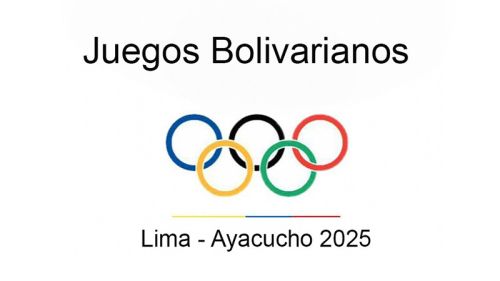Hello ! Thank you for posting this information.
Im an American. I entered Peru July 2021 and I was told there was no time limit on how long I could stay because Peru was in a state of Emergency . I asked for a specific time to clarify he said “I guess 180 days ?”
So now, I’m wanting to stay here permanently but I’m not sure what will happen if I leave the country. Will I be denied entry or will my time start again and will I get another 90 days ?
- This commment is unpublished.@Olimpia ArguetaHello,Yes, in July, Peru was still in a state of emergency and back then the time you could stay on a tourist visa was literally on hold. However, despite still being in a state of emergency, this changed a month later. On August 20, the clock for tourists (and residents with an expired residency) started ticking again.So, the first thing you have to check is how many days you got when entering Peru (as US citizen it should be 90 days, but probably you are lucky and they gave you 180 days). You can find this info in your TAM virtual.If your tourist visa is still valid and you want to stay permanently in Peru, you should immediately start with the application process for a resident visa.
If your tourist visa is already expired, you have two options:
- Apply for a residence visa; usually you have to be in Peru on a valid visa to do so, but at the moment there is a special program in place that foreigners on expired visas can “regulate” their immigration status (Procedimiento para regularizar la situacion migratoria de extranjeros)
- Leave Peru; if your tourist visa is already expired, you have to pay S/ 4.40 for each day you overstayed before leaving.
According to the Peruvian law, you are allowed to stay as tourist 90 days (3 months) in a 180-day (6-month) period. So, this means 3 months in Peru, 3 months out of Peru. So, right now, you already stayed at least 3 months and, according to the law, you have to stay 3 months out of Peru before you can re-enter.
However, in Peru, sometimes the reality may differ from the law. So, if you leave and return to Peru before the 6-month period is over, you might have to face an immigration officer doing his job according to the law, denying you entry or just giving you a few days to arrange matters; or you are lucky and the immigration officer doesn’t bother and just allows you another 90 days. It’s a gamble.GreetingsEva - This commment is unpublished.@Sunflower Thank you! This is very helpful! Just to clarify does the “clock start ticking” from the date I entered or starting August 20th to today ?
- This commment is unpublished.@Olimpia ArguetaJust for clarification, the exceptional regulation was intended for tourists who were stuck in Peru during the lockdown and in times when there were no or only limited flights. The days they got when entering Peru counted down normally, however, in case their tourist visa expired during this time and they couldn't leave Peru, they wouldn't have to fear any consequences and wouldn't have to pay any overstay fees when being able to leave. For them the clock started ticking again in August, as they either had to leave latest the 20th of August, or pay overstay fees for every day they stayed longer than the 20th of August , or apply for a residence visa.Having read the announcements from Migraciones, the exceptional regulation doesn't apply to you. You entered in July and when the exceptional regulation was withdrawn your tourist visa was still valid. The days you got are counted from your date of entry.GreetingsEva
































